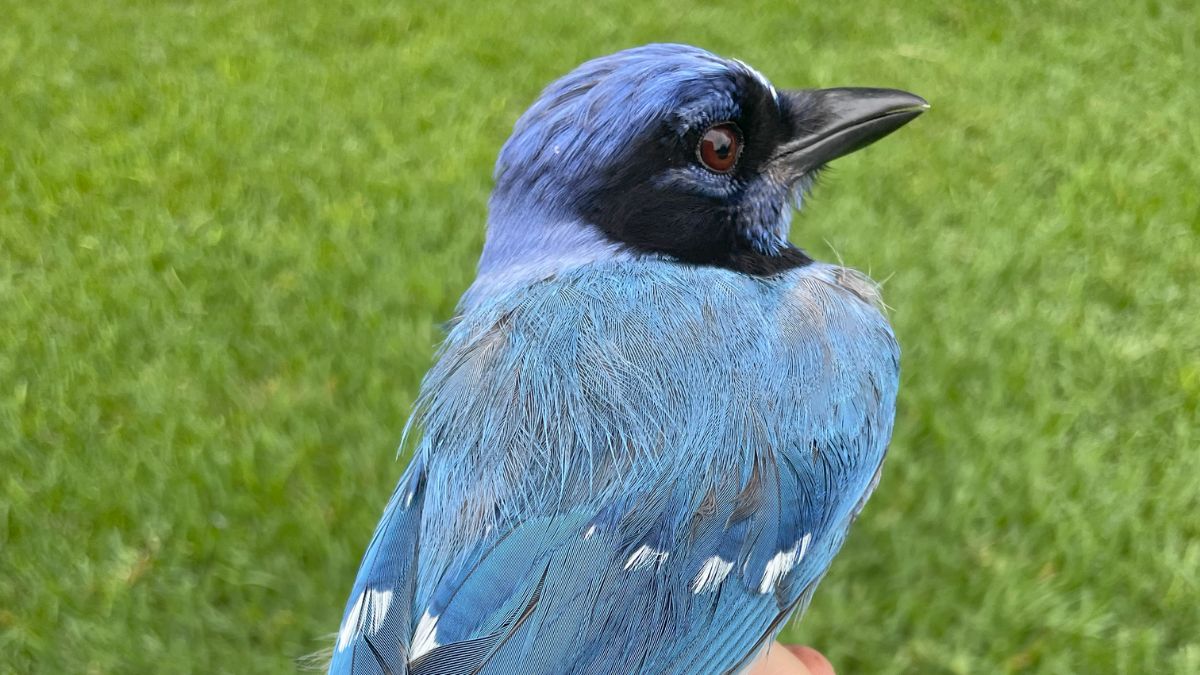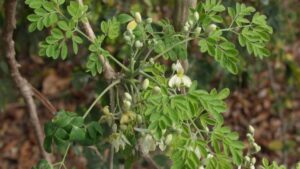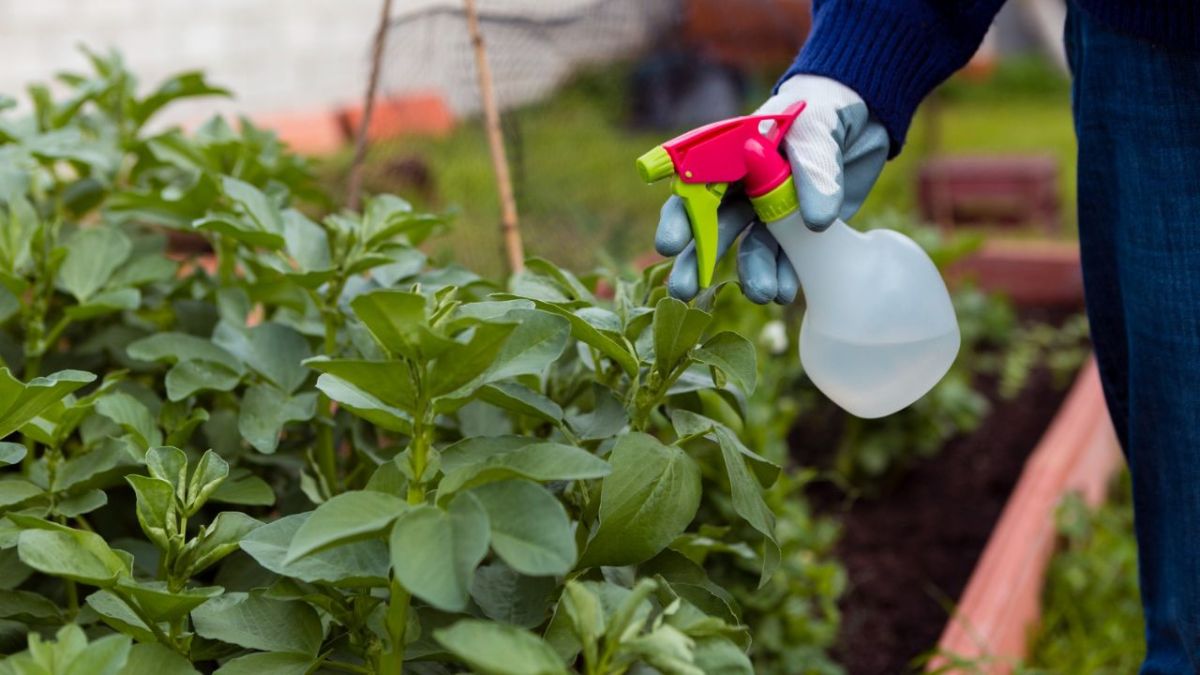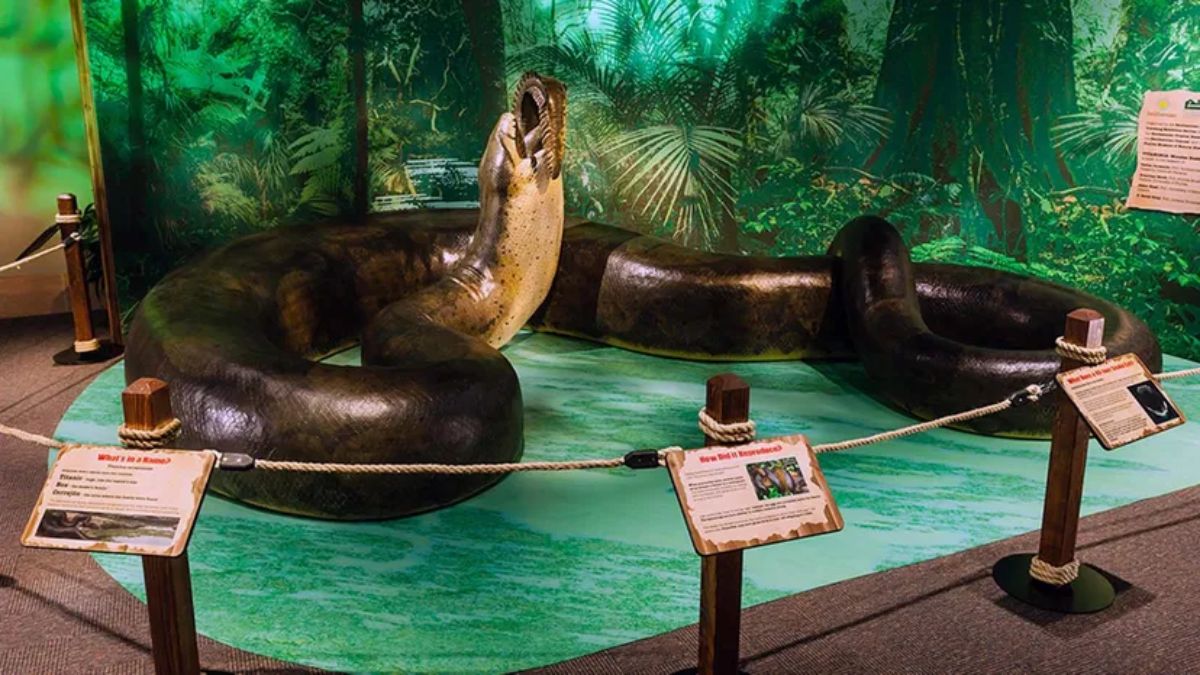For the first time ever, scientists have discovered a hybrid bird born in the wild from a blue jay and a green jay. The surprising find happened near San Antonio, Texas, and it’s already changing how researchers think about species mixing—and how climate change is playing a role in it.
Table of Contents
Published in the journal Ecology and Evolution, this hybrid is believed to be the result of two different jay species expanding their habitats and finally overlapping in the same region. It’s not just rare—it’s a first.
Discovery
The story starts in 2023, when ecologist Brian Stokes from the University of Texas at Austin spotted a photo online. A backyard birder in the San Antonio area had posted an image of a strange-looking jay that didn’t quite match any known species. Intrigued, Stokes got in touch and visited the property to see the bird up close.
The first day didn’t go well. The bird was evasive and refused to be caught. But on the second day, luck was on their side. Stokes and his team managed to safely catch the bird using a mist net—a nearly invisible mesh used for bird research.
Hybrid
At first glance, the bird had blue feathers like a blue jay, but the face pattern looked more like that of a green jay. Even more surprising? The bird could mimic the calls of both species.
After examining the bird, Stokes took a small blood sample and banded its leg for future tracking. When the genetic tests came back, they confirmed what the team suspected: this bird was indeed a hybrid. The mother was a green jay and the father a blue jay.
It’s the first time such a hybrid has been documented in the wild. Interestingly, a similar hybrid had been bred in captivity during the 1970s, and that bird is now part of the Fort Worth Museum of Science and History.
Species
Despite having similar names, blue jays and green jays aren’t close relatives. Blue jays belong to the genus Cyanocitta, while green jays are part of the Cyanocorax genus. Their evolutionary paths split around 7 million years ago. Both are members of the corvid family, which includes smart birds like ravens, crows, and magpies.
Blue jays are found widely across the eastern U.S., while green jays are more common in tropical climates like southern Texas, Mexico, and parts of Central America.
Shift
So, how did these two species that don’t usually cross paths end up raising a chick together? The answer lies in climate change and human influence.
Green jays have slowly expanded their range northward as warmer temperatures make new areas more livable. At the same time, blue jays have moved westward, likely pushed by changing habitats and urban sprawl. Their paths now overlap in a narrow strip of Texas near San Antonio—exactly where this hybrid was found.
According to Stokes, this is likely the first observed vertebrate hybrid created as a direct result of range shifts driven, at least in part, by climate change. That makes this bird more than just a curiosity—it’s also a signal of how global warming is reshaping ecosystems in real time.
Return
After tagging and releasing the bird, no one saw it again for nearly two years. But in June 2025, the same hybrid bird returned to the same backyard. It had survived at least a year in the wild before it was first caught, and its reappearance shows it’s still doing well.
This opens up the possibility that other hybrids may be out there, especially in areas where people aren’t regularly watching for rare birds. Since the overlap zone between blue jays and green jays is sparsely populated, hybrid sightings could be going unnoticed.
Impact
This hybrid discovery offers valuable insight into how nature adapts. Hybridization—when two different species interbreed—isn’t as rare as many might think. It just often goes undocumented, especially in birds that look or sound similar.
Stokes believes this is just the beginning. With climate change continuing to shift species’ habitats, we may see more unexpected pairings in the wild in the years to come. And while hybrid animals often face survival challenges, this jay seems to be doing just fine—at least for now.
FAQs
Where was the hybrid jay found?
Near San Antonio, Texas, in a birder’s backyard.
Is this the first wild blue-green jay hybrid?
Yes, it’s the first documented hybrid in the wild.
Why did the species’ ranges overlap?
Climate change and human development caused range shifts.
How was the bird confirmed as a hybrid?
Through genetic testing of a blood sample.
Did the bird survive after tagging?
Yes, it was spotted again two years later in 2025.

















